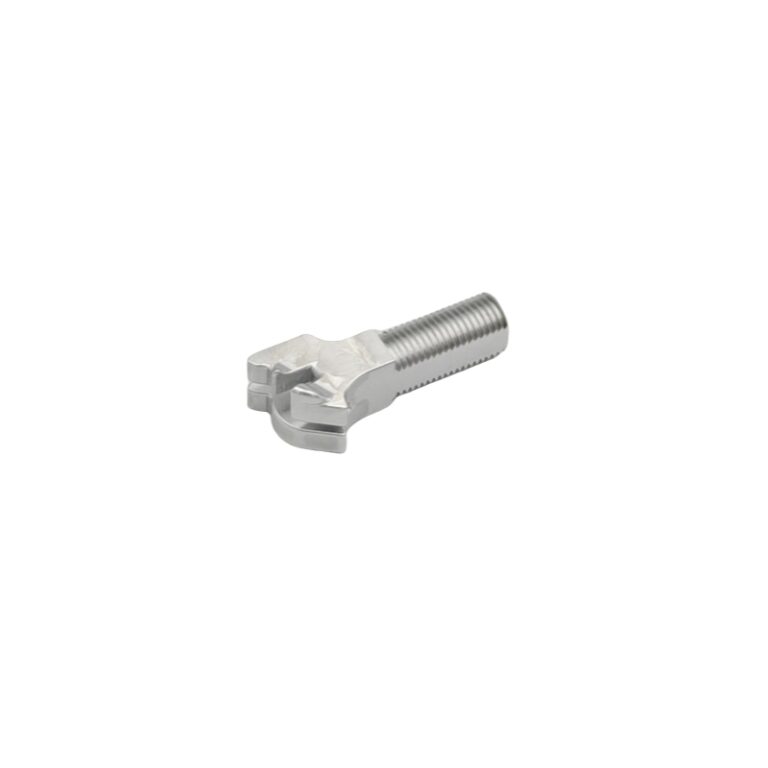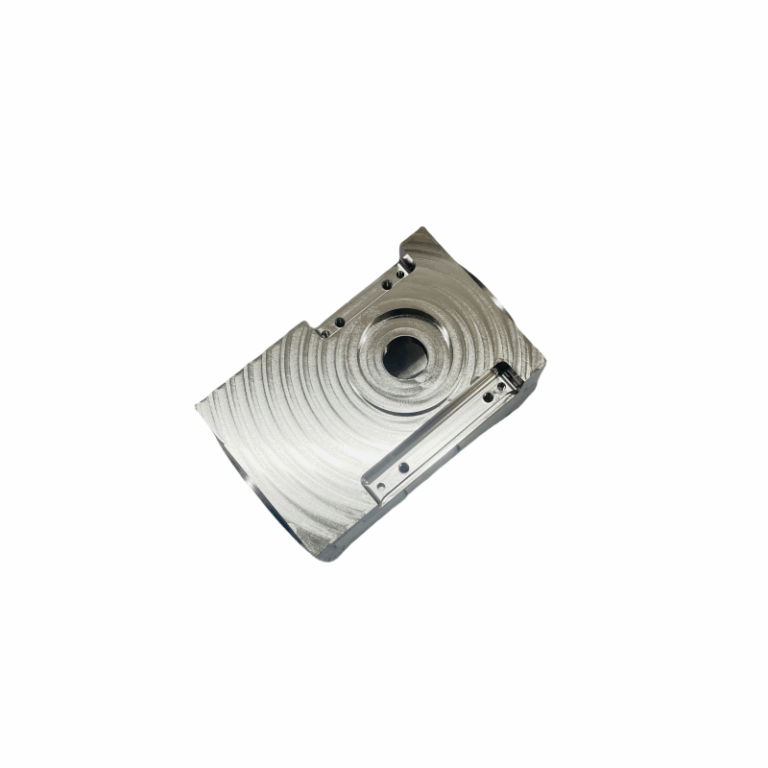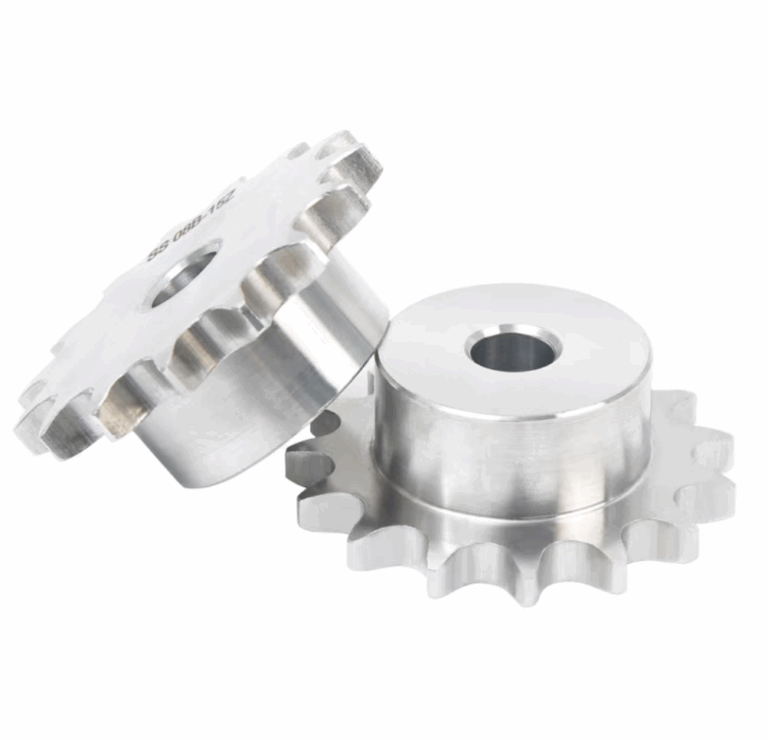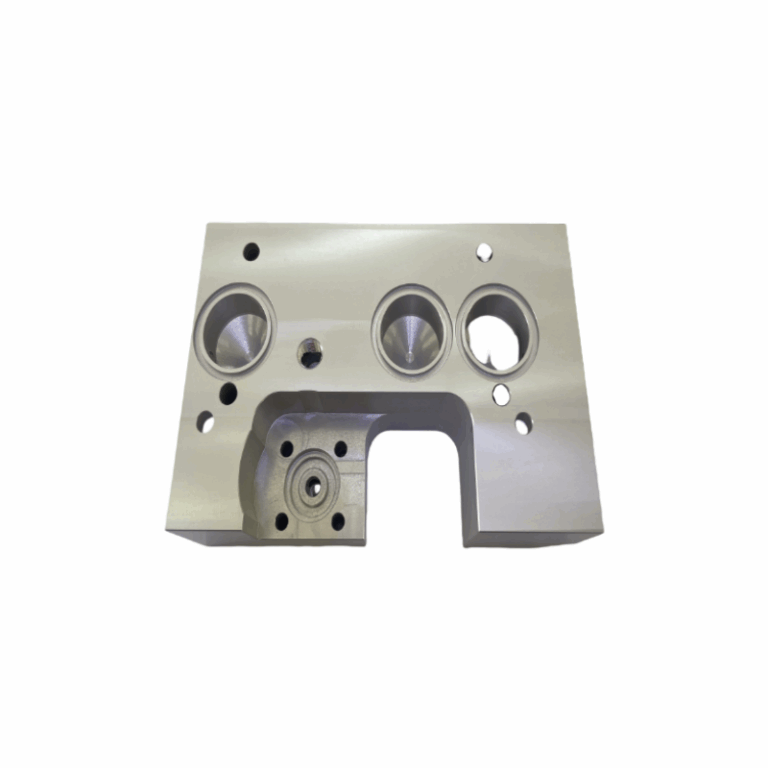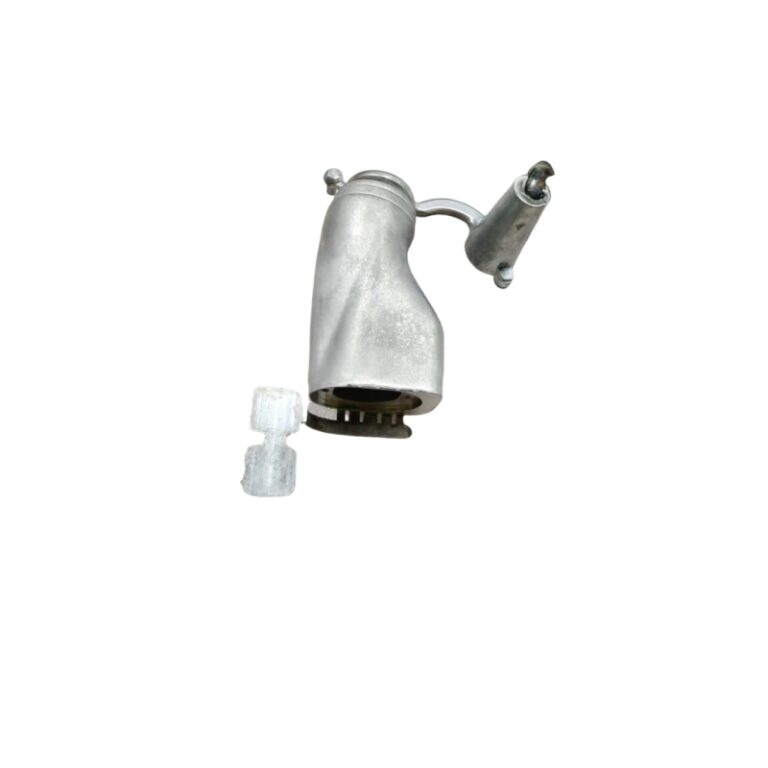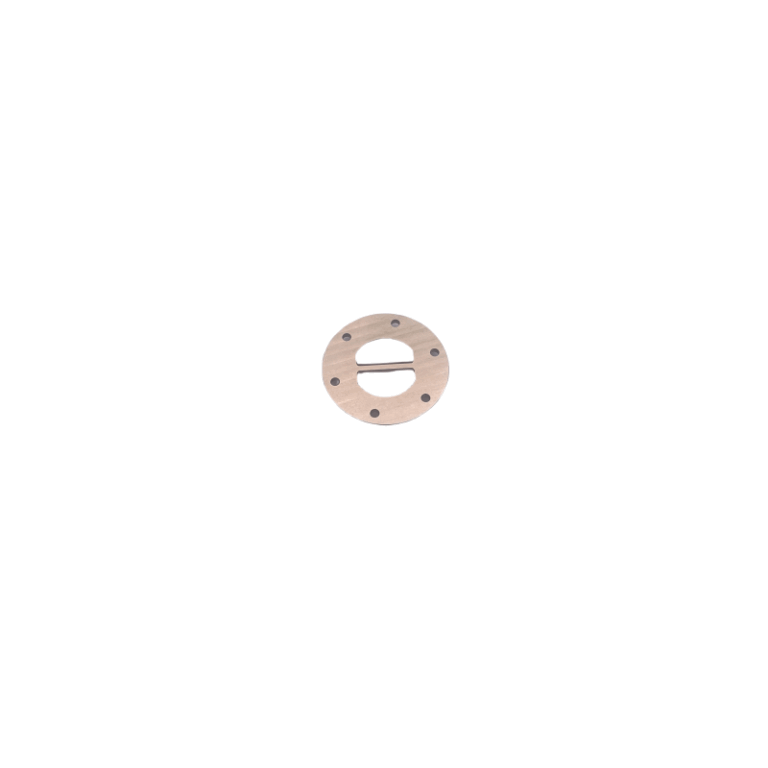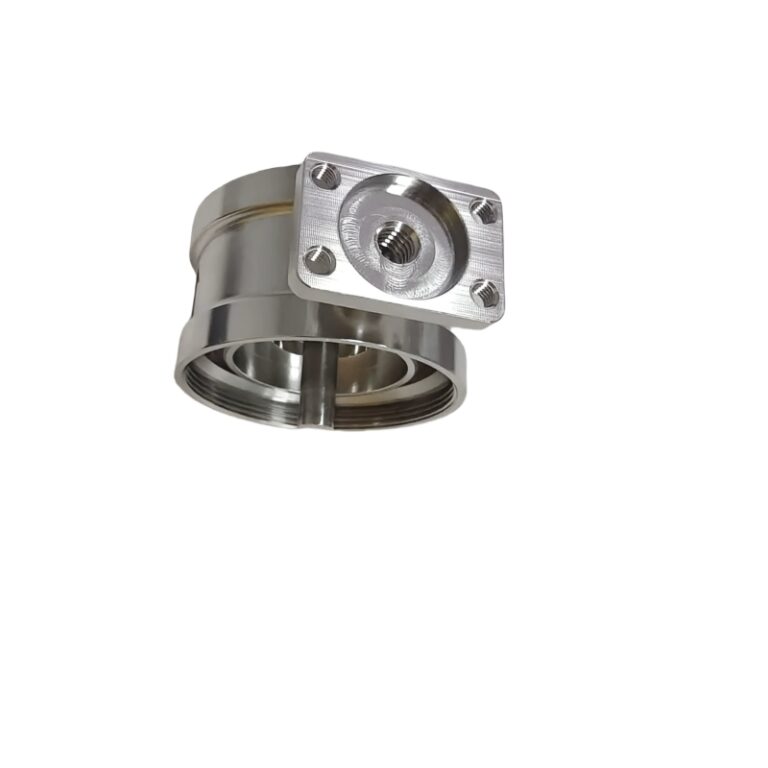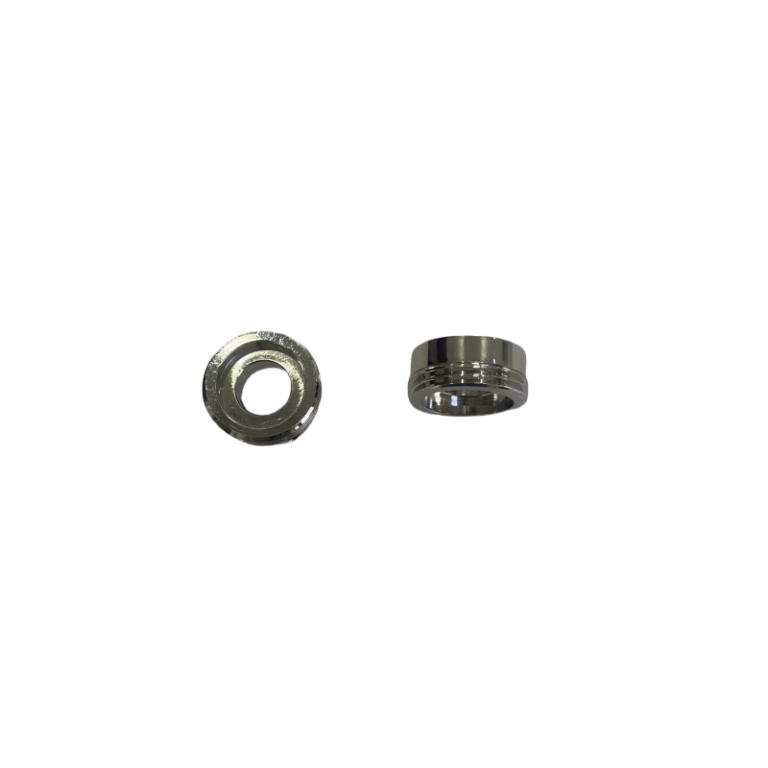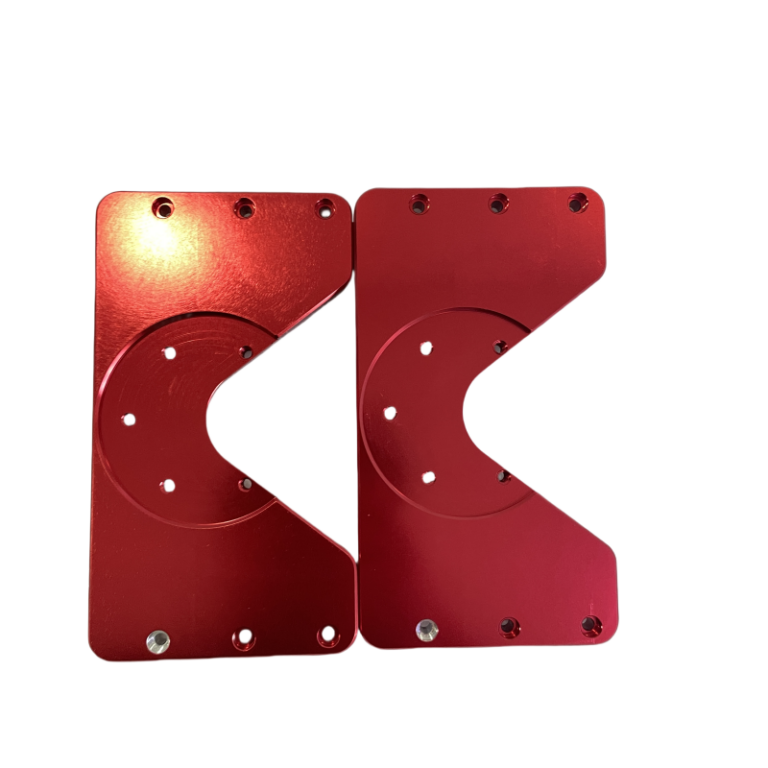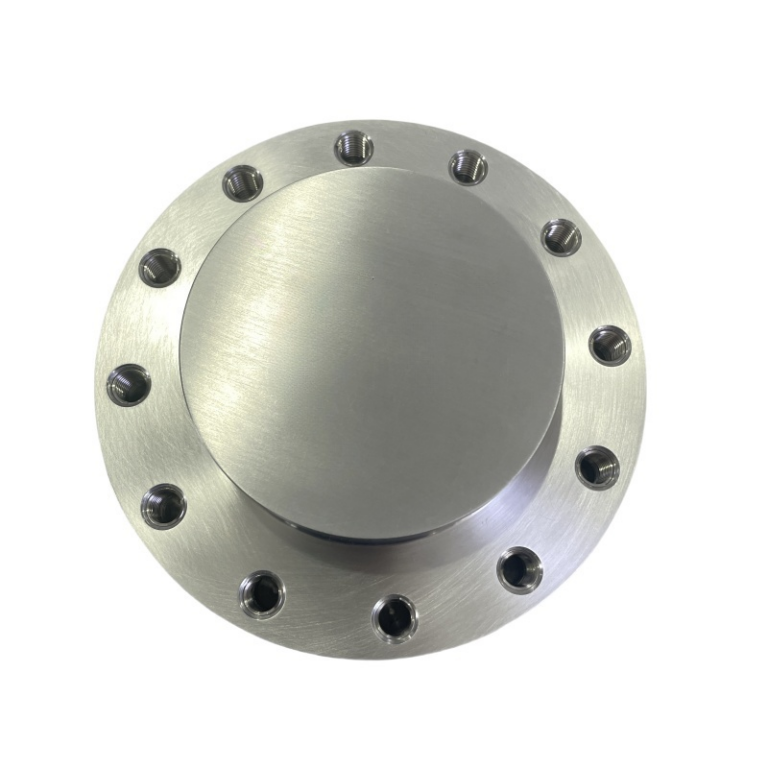Gears, the core components of mechanical transmission, have been the cornerstone of power transmission systems since the Industrial Revolution. From ancient clockwork mechanisms to precision transmission devices of modern spacecraft, gears, with their unique meshing principles and diverse structural forms, have achieved precise control of power, speed, and direction in mechanical systems. This article will systematically analyze the seven main types of gears, deeply explore their structural characteristics, working principles, and functional realization, and combine typical application scenarios and future technology trends to reveal the engineering value of gear applications fully.
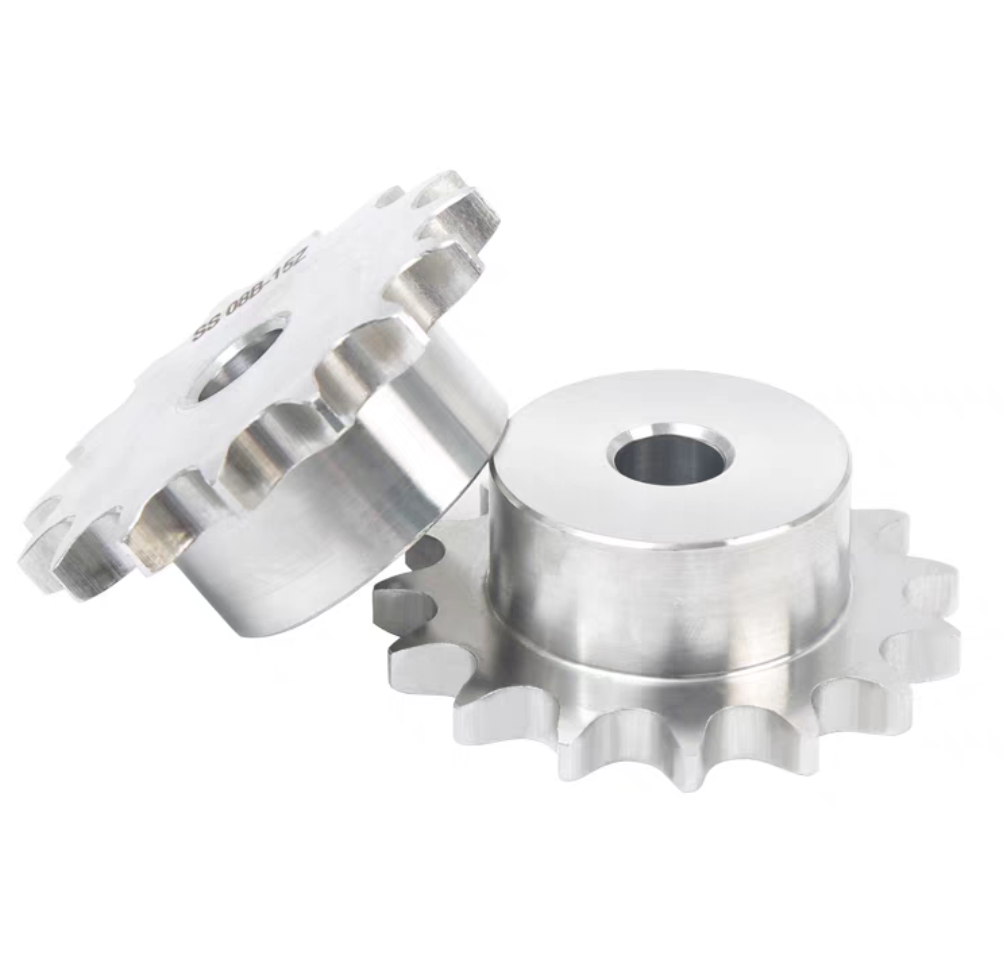
Classification and structural characteristics of gears
- Spur gears
Structural features: The tooth profile is arranged parallel to the axis, the cross-section is involute, and the gear teeth are evenly distributed along the cylindrical surface. The manufacturing tolerance requirement is ±0.02mm.
Transmission characteristics: Single tooth meshing leads to obvious impact loads, low transmission stability (noise 55-65dB), and transmission efficiency is about 98%.
Application scenarios: power tools, printer transmission mechanisms, low-speed reduction gearboxes (such as mixer speed < 500 rpm).
- Helical Gear
Improved design: The helix angle (15°-30°) extends the meshing line by 30%-40%, and the contact ratio is increased to 1.5-2.0 times.
Performance advantages: Transmission noise is reduced to 45-55dB, the load-bearing capacity is increased by more than 25%, and the axial force needs to be supported by angular contact bearings.
Typical applications: used for transmissions and high-speed centrifuges (speed>3000rpm) on automotive(such as Volkswagen DSG dual-clutch transmissions use 25° helical angle gears).
Geometric characteristics: The pitch angle determines the transmission angle (commonly 90°), and the tooth shape includes straight teeth, helical teeth (Gleason), and curved teeth (Klingenberg).
Dynamic characteristics: The equivalent radius of curvature affects the contact stress, and the transmission efficiency of spiral bevel gears can reach 97%-98%.
Application examples: automotive differential (tooth surface carburizing and quenching hardness HRC58-62), machine tool dividing head (accuracy grade DIN 5).
- Worm Gear
Transmission principle: When the lead angle of a single-head worm is <5°, it has self-locking characteristics, and the transmission ratio can reach 100:1 (when the module is 1.5).
Efficiency characteristics: Sliding friction leads to an efficiency of 40-85%, and the bronze worm wheel is paired with a hardened steel worm (hardness difference HB150).
Typical applications: used for elevator traction machine (reduction ratio 30:1) and rotary kiln drive device (torque>100kN·m).
- Planetary Gear
Topology: The differential system is constituted of the sun gear, planetary gears, and ring gear. The split of the differential system can reduce the volume by 40%.
Transmission advantages: coaxial transmission, torque density increased by 3 times, transmission ratio range 1:3 to 1:10000 (multi-stage series connection).
Innovative applications: used on hybrid vehicle e-CVT (such as Toyota THS system efficiency increased by 15%) and wind power gearbox (three-stage planetary speed increaser).
- Internal Gear
Gear meshing characteristics: The tooth profile faces the center of the circle, the distribution of contact stress is better than that of the external gear, and the overlap is increased by 20%.
Structural advantages: The compact layout saves 30% of space, and the inner ring of the planetary reducer is often nitrided (layer depth 0.3mm).
Typical systems: Hydraulic motor cycloid mechanism (reduction ratio 87:1), automatic transmission compound planetary gear.
- Rack and Pinion
Motion conversion: The advancement distance per gear revolution = π×module×number of teeth, and the positioning accuracy can reach ±0.02mm/m.
Reinforced design: Surface high-frequency quenching (hardening layer depth 1.5-2mm), linear guide rail combination to improve rigidity.
Engineering applications: CNC machine tool feed system (fast movement 30m/min), automobile steering mechanism (transmission efficiency 92%).
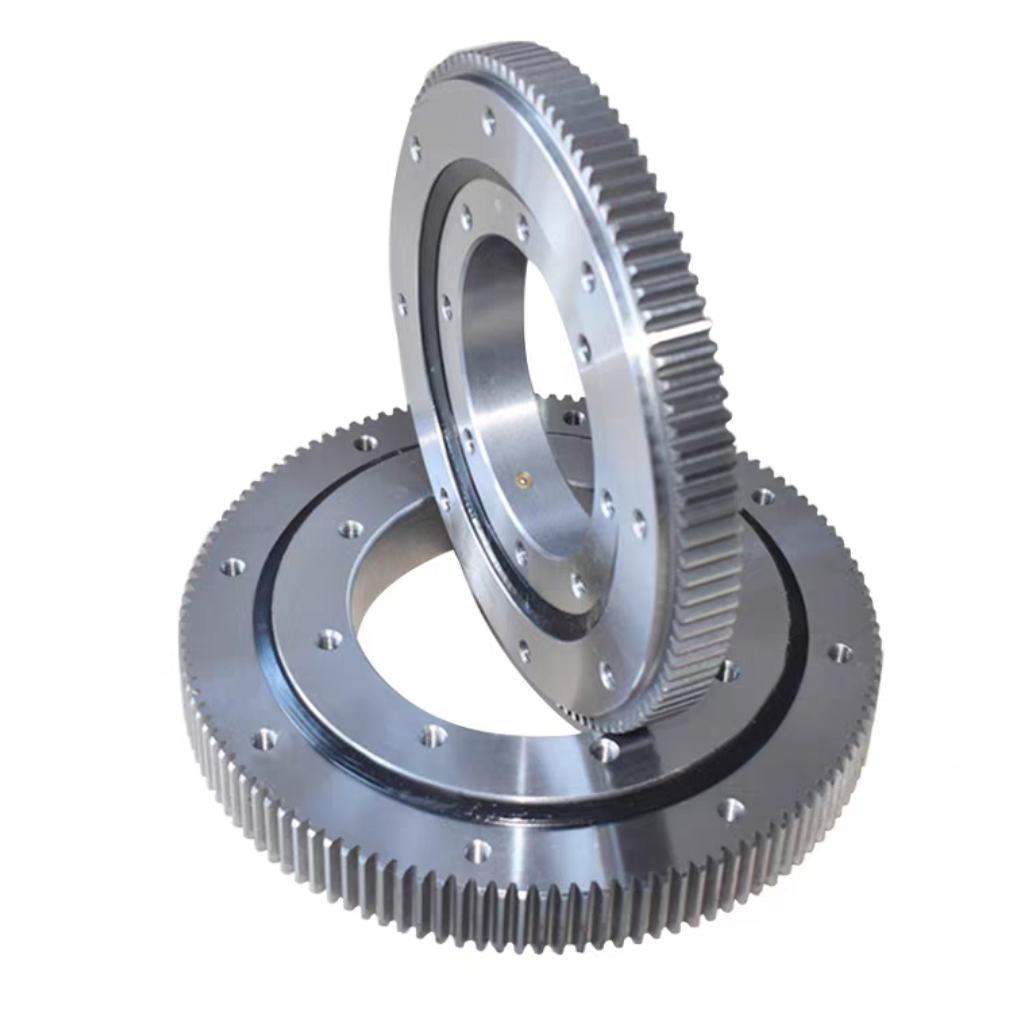
Core functions of gear transmission
- Power transmission and torque regulation
Through the matching of modulus (m=2-10mm) and number of teeth (z≥17), the torque amplification coefficient K=T2/T1=z2/z1 is achieved.
The three-stage series connection of planetary gearboxes achieves torque multiplication (1000Nm→250kNm), which is applied to the shield machine drive system.
- Precision speed control
The transmission ratio error of harmonic gears is <1 arc minute, which meets the requirements of satellite attitude control (0.01° accuracy).
The automotive CVT continuously variable transmission achieves a continuously adjustable speed ratio (range 4.0-0.5) through the cone disc diameter change.
- Movement direction control
The staggered axis helical gears achieve 90° non-orthogonal transmission (Σ=60°), which is used for the limited space layout of textile machinery.
The differential function of the automotive differential system can be realized through the reverse rotation of the half-shaft gears (speed difference Δn=20-50rpm).
- Power splitting and synthesis
The wind turbine gearbox combines a planetary stage and parallel shaft structure to increase the impeller’s 15rpm to the generator’s 1500 rpm.
The hybrid system realizes engine and motor torque coupling through a power split device (efficiency peak 92%).
In-depth analysis of typical application scenarios
- Automatic transmission planetary gear set
The Volkswagen DQ380 transmission adopts a Lavinia planetary gear, which realizes a 7-speed transmission through 3 sets of clutches and 2 sets of brakes. The microstructure of the gear ring after heat treatment is fine needle martensite (residual austenite <5%), and the contact fatigue life is >10^7 cycles.
- Industrial robot RV reducer
The Nabtesco RV reducer adopts a cycloidal pinwheel + planetary transmission secondary reduction, and the backlash is controlled within 1 arc minute. The flexible wheel adopts SCM440 steel (σb=1500MPa), and the surface hardness is HRC60 after gas carburizing.
- Megawatt-class wind power gearbox
Nan Gaochi’s 3MW model adopts a three-stage transmission: planetary level (i=6.3) + two-stage parallel shaft (i=4.2×3.1), with a total transmission ratio of 82. The gears are made of Cr-Ni-Mo carburized steel (grain size 6), and the tooth surface modification amount is 15μm to reduce edge load.
Development trend of gear technology
Topological optimization design: Tooth shape optimization based on finite element analysis, such as a 30% reduction in the stress concentration factor of the K-shaped tooth root.
Advanced manufacturing technology: laser cladding Stellite alloy tooth surface (wear resistance increased by 5 times), five-axis linkage grinding accuracy reaches DIN level 2.
Intelligent monitoring system: embedded piezoelectric sensors monitor meshing vibration in real-time (sampling frequency 100kHz), combined with AI algorithms to achieve fault warning.
Composite material application: Carbon fiber reinforced PEEK gears (density 1.4g/cm³) are used in high-speed and light-load situations (speed> 20000 rpm).
Conclusion
From the simple transmission in the Bronze Age to the precision drive in the era of intelligent manufacturing, gear technology has been continuously evolving in the collaborative innovation of material science, manufacturing process, and system design. With the deep integration of digital twin technology and additive manufacturing, gear transmission systems are breaking through in the direction of high efficiency, lightweight, and intelligence, and continue to play an important role in different industries. Understanding the type characteristics and functional essence of gears is an important basis for the optimization design and innovative application of mechanical systems.

